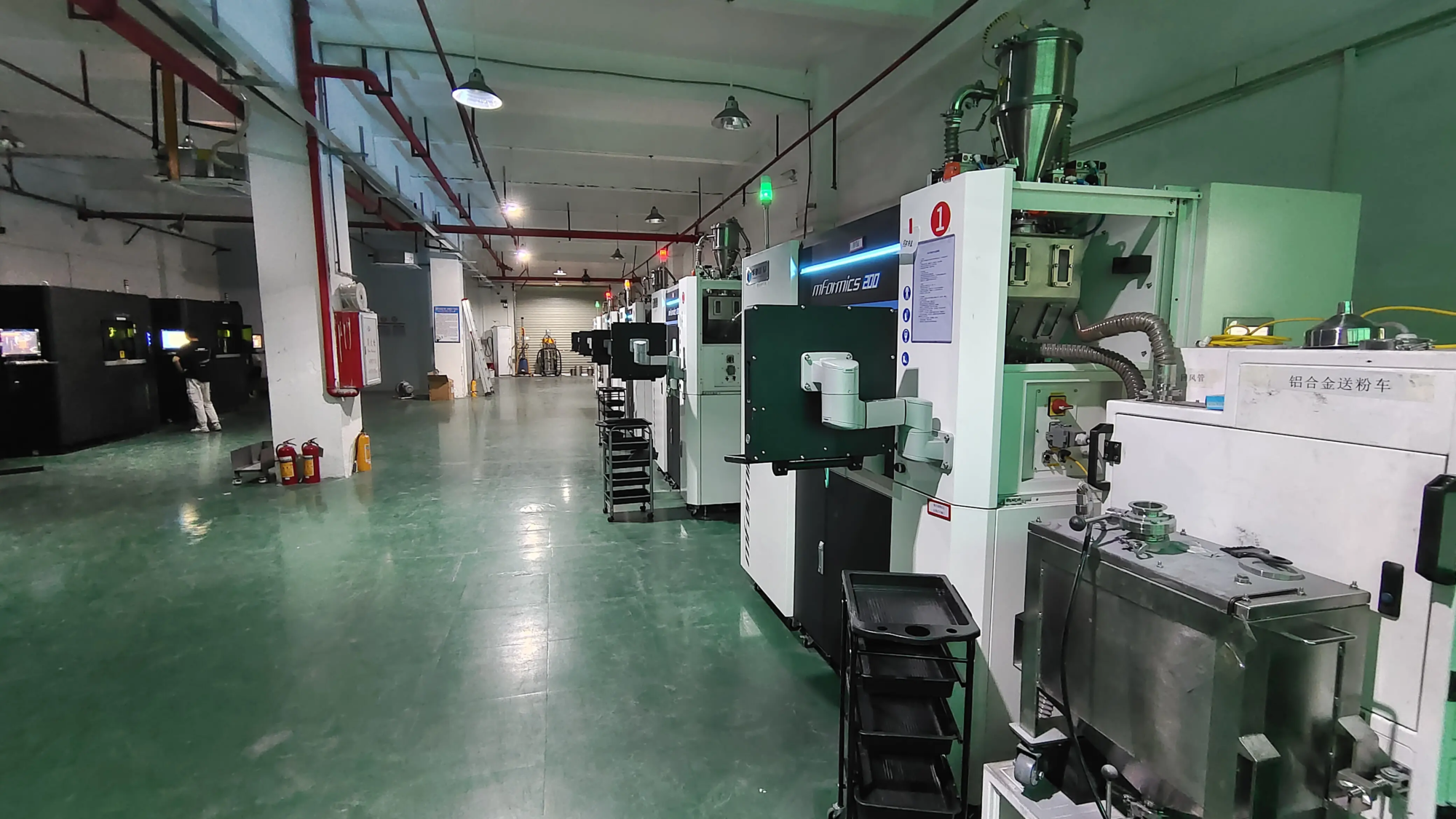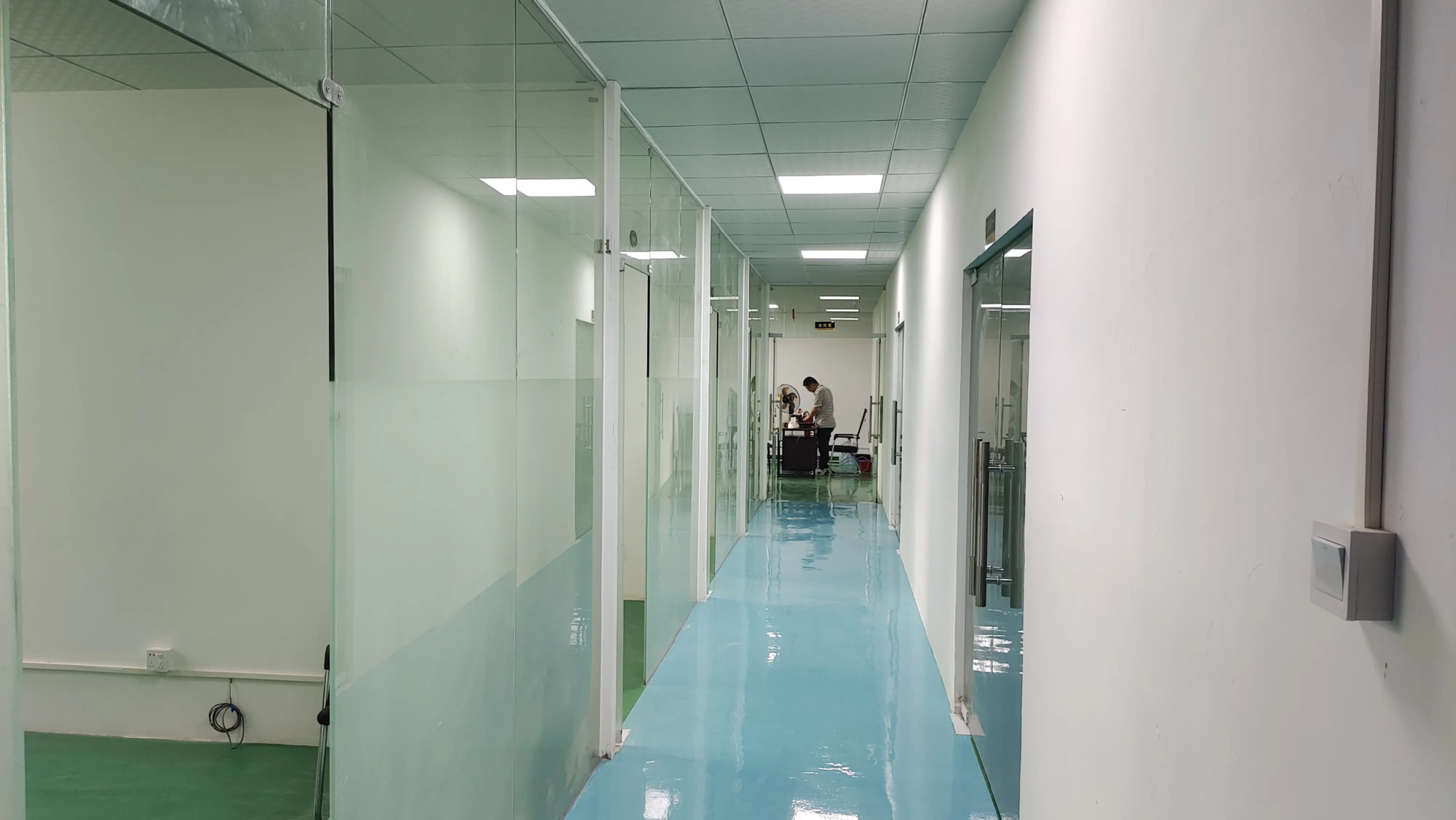An introduction to the Gothic 3D printing renaissance
Gothic architecture, with its soaring spiers, intricate tracery and elaborate spires, has fascinated mankind for centuries. Historically, replicating these structures relied on artisan stonemasonry – a craft that is now scarce and expensive. But a new era has dawned: Advanced 3D printing technology is breathing life into Gothic designs with unprecedented precision and efficiency. This renaissance blends historic art with cutting-edge manufacturing, enabling heritage restorations, bespoke architectural installations, and inspiring modern creations previously thought impossible.
Why gothic elements challenge traditional reproduction
Gothic structures are defined by their complexity:
- geometric complexity: Laser-cut tracery, ribbed vaults and gargoyles all involve mathematically precise curves.
- Grand space: Large parts such as spires require structural integrity without compromising detail.
- Material challenges: Natural stone is heavy and labor-intensive, while metals like bronze require lost-wax casting.
Human craftsmen often spend months carving individual elements by hand. Modern CNC machining struggles with undercuts and hollow shapes, making traditional methods slow and expensive. Enter 3D printing.
3D printing: Catalyst for the Gothic Renaissance
Metal additive manufacturing, specifically Selective Laser Melting (SLM)is revolutionizing Gothic reproduction:
- Unlimited complexity: SLM printers are built layer by layer from metal powders (stainless steel, titanium or bronze alloys) to materialize complex shapes into a whole, eliminating the need to assemble multi-part geometries.
- Strength to weight ratio optimization: Algorithms allow the use of lightweight lattice structures within solid shells, mimicking the strength of Gothic stonework while reducing mass.
- digital archeology: Eroded ruins can be laser scanned for digital restoration and then printed in durable metal for preservation.
The role of the GreatLight in the Gothic Revival
As a leader in rapid prototyping, GreatLight drives the intersection of tradition and innovation:
- Master SLM: Our industrial-grade SLM printers can achieve resolutions as low as 20μm, capturing engraved details invisible to the naked eye.
- Material craftsmanship: In addition to standard alloys, we offer custom materials that replicate the patina of aged bronze or the texture of weathered stone.
- End-to-end process: From digital modeling to post-processing (smoothing, heat treatment and antique finishing), we handle the entire workflow from one stop.
Practical application:
In a recent project, GreatLight reconstructed the fallen spire of a 14th-century cathedral. Scans of the fragments were reverse-engineered into a monolithic design, printed in weather-resistant stainless steel and finished to match the original stone. Production time: 2 weeks (stone carving takes over 6 months).
Beyond Restoration: Neo-Gothic Innovation
This revival goes beyond restoration:
- modern architecture: The designers embedded gothic patterns into contemporary facades – a printed steel lattice blends strength and art.
- interior design: Custom chandeliers, railings and furniture with clovers or lilies, printed on demand.
- installation art: Artist uses computational design to reinterpret Gothic geometry in large-scale sculpture.
The future: sustainability and scalability
Compared to subtractive engraving, 3D printing reduces waste by 95%. With apps like GreatLight’s instant quote platform, architects, preservationists, and artists can obtain intricate designs at competitive costs, democratizing Gothic art in the 21st century.
in conclusion
The Gothic revival fueled by 3D printing goes beyond nostalgia. It’s a testament to human ingenuity – history witnesses progress and technology saves beauty from decay. GreatLight is at the forefront of this, combining traditional craftsmanship with excellence in rapid prototyping to resurrect and reimagine the splendor of the Gothic. Whether restoring a heritage site or creating a new masterpiece, we provide the tools to turn architectural dreams into tangible legacies.
FAQ
Q: Will the 3D printed Gothic elements withstand harsh weather?
Answer: Of course. Metals such as stainless steel, titanium or copper alloys are used to resist corrosion. GreatLight also features a protective coating to protect against UV rays/pollution.
Q: How long does it take to print a complex gargoyle?
A: The 12-inch model requires 15-30 hours of print time, plus 3-5 days of post-processing time. Turnaround speed is 70% faster than traditional methods.
Q: Is it cost effective for a small project?
Answer: Yes! 3D printing avoids mold/tooling costs, making single-piece production more economical. GreatLight’s pricing is reasonable for prototypes or bulk orders.
Q: What software formats do you accept?
A: We support .STL, .OBJ and STEP files. If needed, our engineers can improve the design to optimize printing.
Q: Do you offer non-metallic materials for Gothic projects?
A: While SLM excels in structural durability, we offer resin or polymer prints for demonstration prototypes. Consult our team for multi-material solutions.
Q: How do you ensure historical accuracy?
A: We work with preservation experts and use photogrammetry/scanning to maintain authenticity. Tweaks allow careful integration of modern reinforcements.
Q: What is the maximum possible size?
A: Our industrial SLM printers can handle parts up to 1.5m × 1.5m. The larger structures are modularly printed and assembled invisibly with keyed joints.
Accurately reproduce history. Contact GreatLight to start your gothic 3D printing journey – where tradition meets the industrial future.





